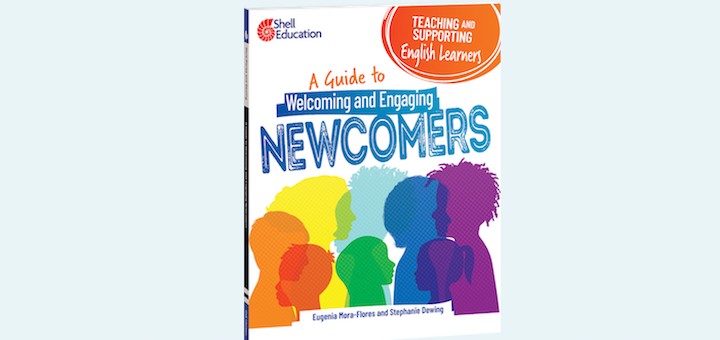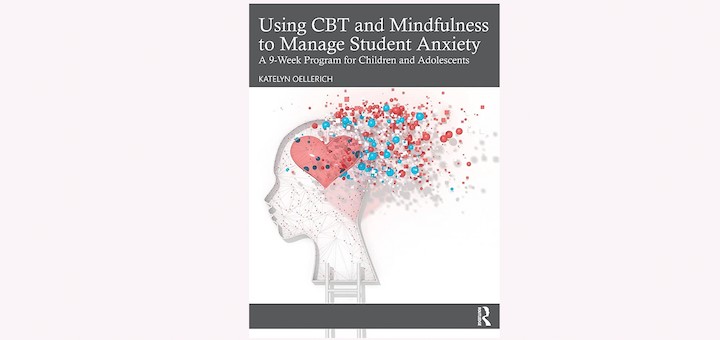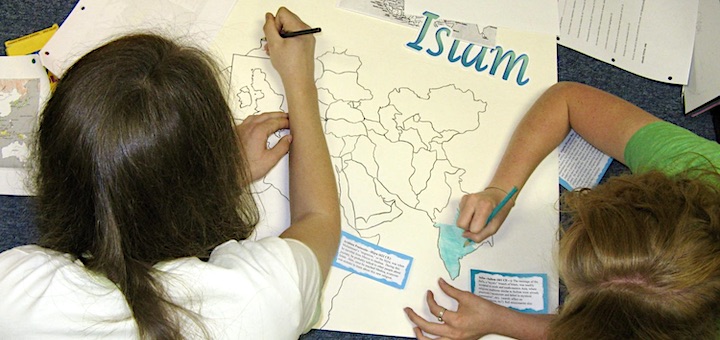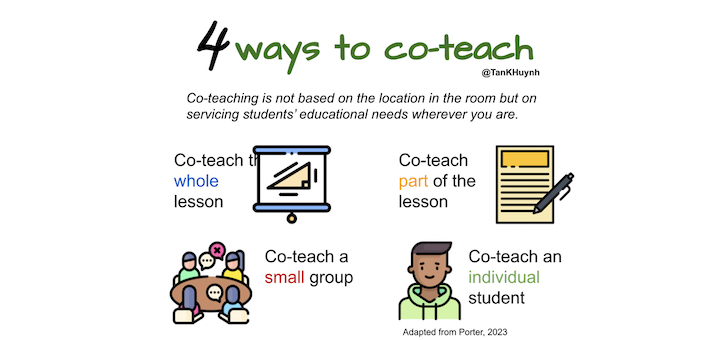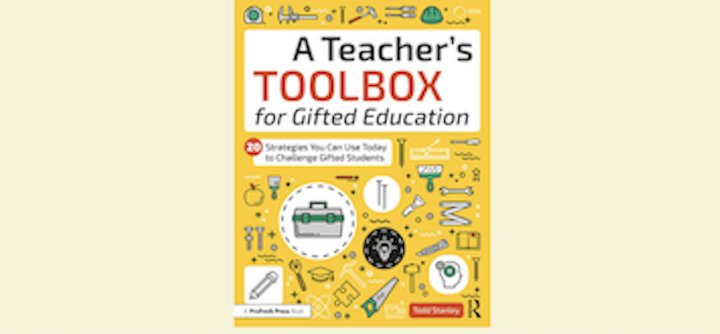Teaching and learning in grades 4-8
The reality of teaching in a co-teacher role was sometimes a rough ride, writes author and co-teaching coach Elizabeth Stein. Three things helped keep her strong, and one of them proved to be the key to solving all her co-teaching puzzles: the Universal Design for Learning.
Civics advocate Shawn McCusker doesn’t agree with a noted professor’s premise that there’s no hope for democracy, but “I do agree that our failure to prepare our citizens for the responsibilities of democracy is an existential crisis.” Learn what he urges educators to do.
Need fresh titles for your classroom library? ELA teacher Kasey Short shares 13 new books that are sure to resonate with middle graders. These relatable stories offer diverse perspectives and themes that authentically capture the experiences and challenges of today’s students.
In Teaching and Supporting English Learners, Eugenia Mora Flores and Stephanie Dewing combine research, practical application, and anticipatory guidance to create an immediately useful guide to inclusive learning environments that foster a sense of belonging for newcomers.
Katelyn Oellerich’s well-researched 9-week program for school-based mental health professionals can also benefit all educators with its CBT and mindfulness case studies, definitions, methods and strategies to help manage student anxiety, writes NBCT Kathleen Palmieri.
Like many teachers during last year’s “post-Covid” return to school, middle school veteran Sarah Cooper slipped into the fog and funk and wondered if the joy in teaching was gone for good. Here’s how she wrenched herself through the dark time and found her groove again.
Collaborative instructional practice evolves when we define our value as co-teachers based on our service to students, not by our location in the room, writes language specialist Tan Huynh. How and where can each teaching partner best serve the learning needs of the moment?
By using a menu of formative assessments to target and support students’ specific reading needs, you can differentiate instruction and positively impact their progress at key points in their development. Expert Laura Robb offers a master class in reading support for middle graders.
By helping you tap into your archetype, Ashley Lamb-Sinclair’s From Underestimated to Unstoppable helps set you up to make changes in the lives around you. Megan Balduf finds the text beneficial particularly to those who know things can be better but aren’t sure what to do.
Todd Stanley’s A Teacher’s Toolbox for Gifted Education gives honest, practical research and evidence-based strategies to increase engagement in most classrooms. ELA teacher Erin Corrigan-Smith notes the inclusion of STEM and PBL focused activities to inspire learners.




